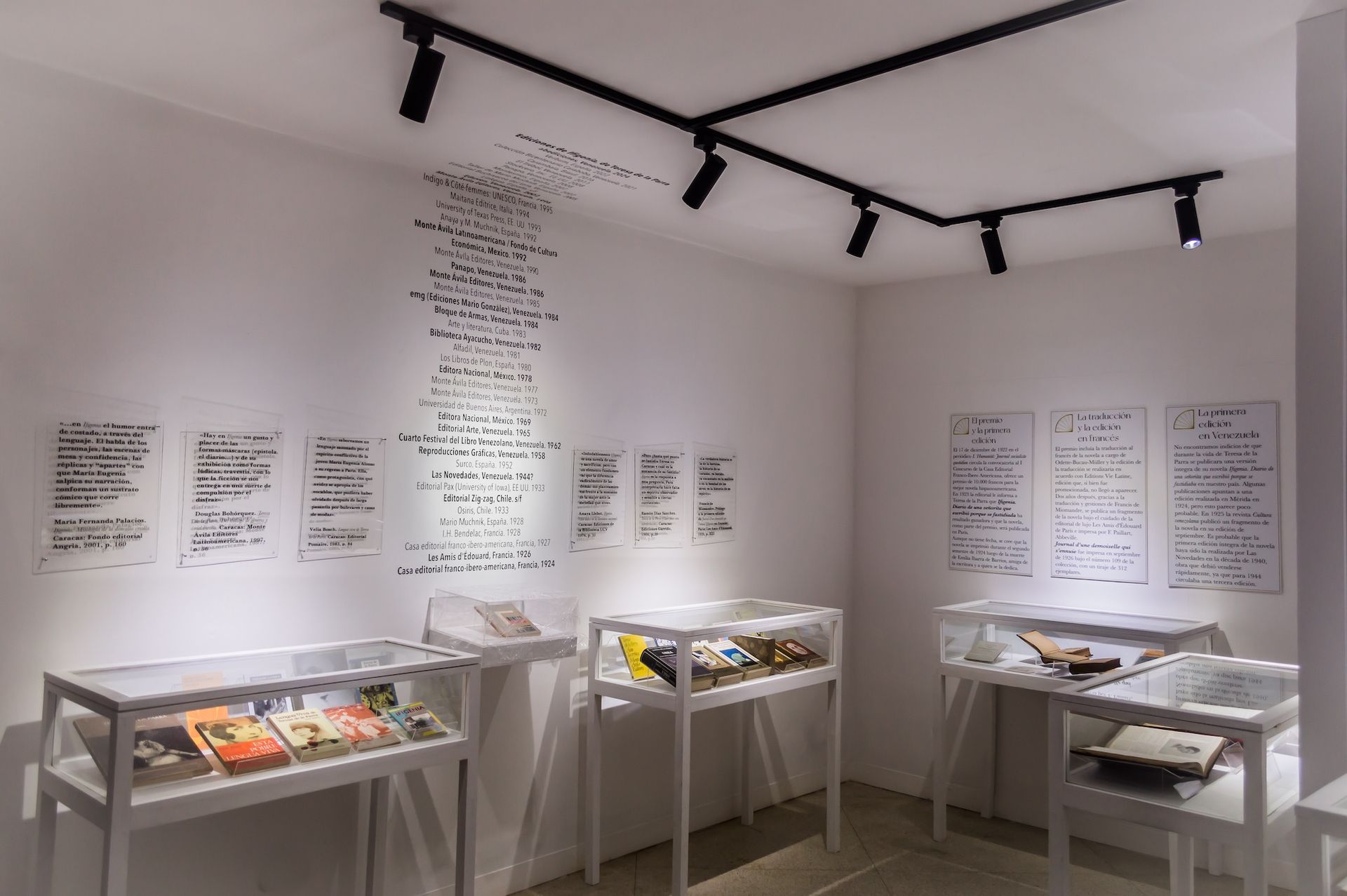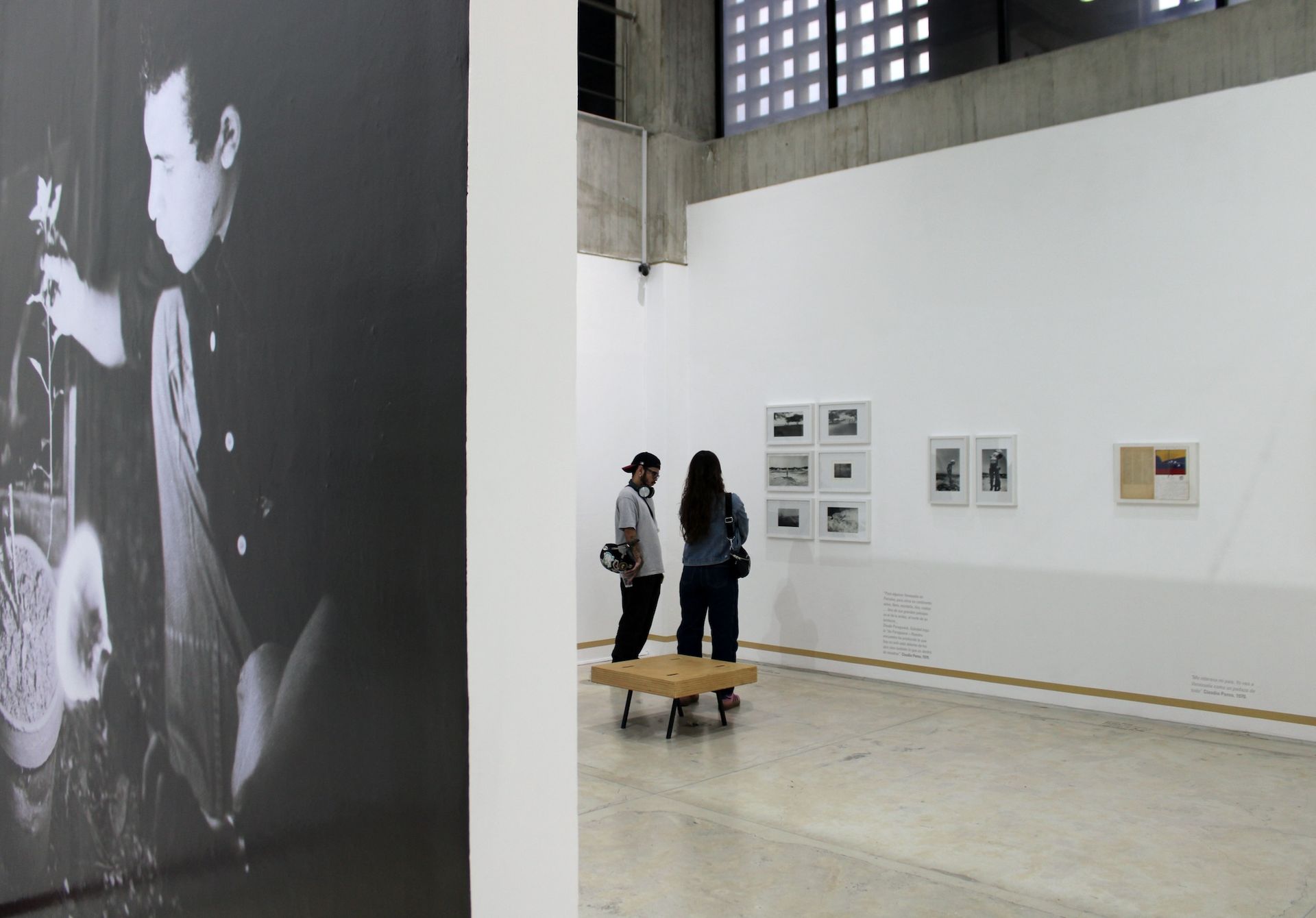After the 28 July presidential election in Venezuela, most people living in the country do not dare to discuss politics in public spaces. Euphemisms to tiptoe around the issue, to name it when strictly necessary, have become commonplace—“the political context”, “the current situation” or “what is happening”.
The election has been highly contested. Venezuela’s National Electoral Council declared Nicolás Maduro the winner to serve another six-year term—his third so far. However, opposition leaders claim vote-count manipulation, and they have electoral documents to back this up. Most of the international community has refused to accept Maduro’s victory without further proof, which he has yet to produce.
The recent months have proven treacherous in the country, marked by an escalation of government violence and mass arrests nationwide. But in the capital city of Caracas, arts organisations of all kinds have found ways to quietly resist through community partnerships and a focus on Venezuelan identity and unity.
Patricia Morales, director of the Taller de Artistas Gráficos Asociados Luisa Palacios (Luisa Palacios Associated Graphic Artists’ Studio, or Taga), says the studio was hesitant to restart its workshops after the election. “We didn’t know if people would be interested. In the past, after tumultuous political moments, they got depressed and stayed home,” Morales tells The Art Newspaper. However, Taga’s inking methods workshop, taught by Corina Briceño only three weeks after the election, was a complete success. “It quickly sold out,” Morales says. “We were really surprised.”
Installation view of Litho Graphica at Taller de Artistas Gráficos Asociados Luisa Palacios, Caracas Photo: Courtesy Taller de Artistas Gráficos Asociados Luisa Palacios
Taga was founded in 1976 by Luisa Palacios along with 29 other renowned artists—including Gego, Carlos Cruz-Diez and Alejandro Otero—to promote the study and exploration of graphic design in Venezuela. It opened its doors in 1980, offering artists a space to work on serigraphy, lithography and engraving. Today, it holds more than 5,000 prints by more than 500 artists in its collection.
Taga’s most recent efforts have been around cataloguing, preserving and exhibiting its 185 lithography stones, containing mostly commercial labels. These were donated by the Litografía del Comercio (Lithography of Commerce) as reusable printing material shortly after the studio first opened. However, revisiting the stones almost 40 years later, they have become important to understanding both the evolution of graphic design in Venezuela and the country’s history—including a map used by General José Antonio Páez and his troops to strategise the 1823 assault on Puerto Cabello, which he noted in his autobiography as the last battle to win Venezuela’s independence.
Nany Goncalves, Taga’s document historian, reconstructed the stones’ journey from the few documents available. “It’s fascinating how the understanding of their cultural significance has evolved over time,” she says, noting that the stones have only started being considered archival material very recently. Taga’s master printer has been responsible for preserving them—both through restoration techniques and digital reconstruction of their somewhat faded images. From this collection, Taga curated Litho Graphica, a free, two-part exhibition focused on the stones’ historical relevance and their artistic applications, respectively.
When asked about the “political climate” in relation to Taga’s work, Morales seems unfazed. “Taga has been through several moments of crises since its foundation, and we’ve overcome them all,” she says.

Installation view of Ifigenia at El Museo del Libro Venezolano, Caracas Photo: Cristina Ramírez, courtesy El Museo del Libro Venezolano
Ignacio Alvarado, the founder and co-director of El Museo del Libro Venezolano (Museum of the Venezuelan Book), has a similar mindset, as recent events have had little effect on how he runs the organisation. “Books are very noble,” he says. “The only thing they need is to not be mistreated.” A rare-book dealer by trade, Alvarado saw an urgent need for a museum that focuses on books and other printed materials. “I kept noticing there were dozens of very important Venezuelan books no one knew about,” he says. “It was a cause for great concern.”
Alvarado had already owned an independent bookshop for 17 years when he founded the museum. From the shop’s 100,000 books, Alvarado and María Ramírez Delgado (the museum’s curator) selected around 3,000 tomes for the collection. Their criteria were simple: the books must have been bestsellers, reviewed by a reputable source, be somewhat rare and aesthetically pleasing. Most of them have been written or edited by Venezuelans, and printed in Venezuela.
The museum houses first editions, magazines and historical notebooks, some of which cannot be found even in the National Library. Such is the case of a paperback first edition of Doña Bárbara, Rómulo Gallegos’s most acclaimed novel—and one of the most important titles in Venezuelan literature. “It took me 20 years to find it,” Alvarado says. “It was printed in Spain, but who could deny it’s Venezuelan?”
The museum, although operational for three years, only opened its doors to the public a few months ago with an exhibition on the centennial of Teresa de la Parra’s novel Ifigenia. Ramírez Delgado wanted to translate the book’s emotions into a beautiful exhibition. “It’s been very fulfilling to turn the collection into an exhibition, and make it available to an audience that is not used to seeing books in this context,” she says.
Since its opening, the museum has attracted hundreds of visitors and hosted several cultural events, like a two-day book fair and a book-binding workshop. Admission is currently free. “It’s pointless to charge a ticket during the current political climate, when it’s so hard for people to earn every dollar,” Ramírez Delgado says. (Given the country’s recent hyperinflation, the current monthly minimum wage is equivalent to only $3.54.)

Opening of Contactos: Soledad López, Claudio Perna, Roberto Obregón at Sala Mendoza, in partnership with El Archivo, Caracas, 26 September 2024 Photo: © Ricardo Sarco Lira / Archivo Fotografía Urbana
This comes with its own set of struggles for such a young organisation. However, a practical mindset keeps the lights on and the doors open. The house where the museum is located—a 1970s single-family home in southeast Caracas—also has two bookshops (Alvarado’s original one and a donation-based shop), as well as two spaces rented out to other businesses. The museum’s work, nonetheless, would not be possible without institutional alliances.
Maurelyn Rangel-Camargo, the general coordinator of El Archivo (previously known as El Archivo Fotografía Urbana), highlights her organisation’s partnerships with local institutions as vital to its operations. “We’ve been driven to work together and to support each other in our practice,” Rangel-Camargo says. “We try to use the current conditions as an avenue for dialogue.” Some of these supporters are shared by all three institutions (Taga, El Museo del Libro and El Archivo): Andrés Bello Catholic University, the Goethe-Institut and Alliance Française, to name just a few.
Founded in 2015, El Archivo preserves Venezuelan historical memory through photography. It does this by way of conservation, research and promotion, including publishing books—most notably, nine titles with PhotoBolsillo, a series edited by the Spanish publisher La Fábrica. El Archivo receives researchers from every background who help to enrich its collection. “Each project is a new opportunity to learn,” Rangel-Camargo says.
These organisations are a testament to Venezuelan resilience, figuring out how to turn old houses into archival spaces, how to make art easier to access and how to celebrate every small victory. They exemplify the resilience of a society that has learned to adapt in the face of chaos. Above all, Taga, El Museo del Libro Venezolano and El Archivo are committed to preserving the country’s artistic patrimony—despite “what is happening”.





















